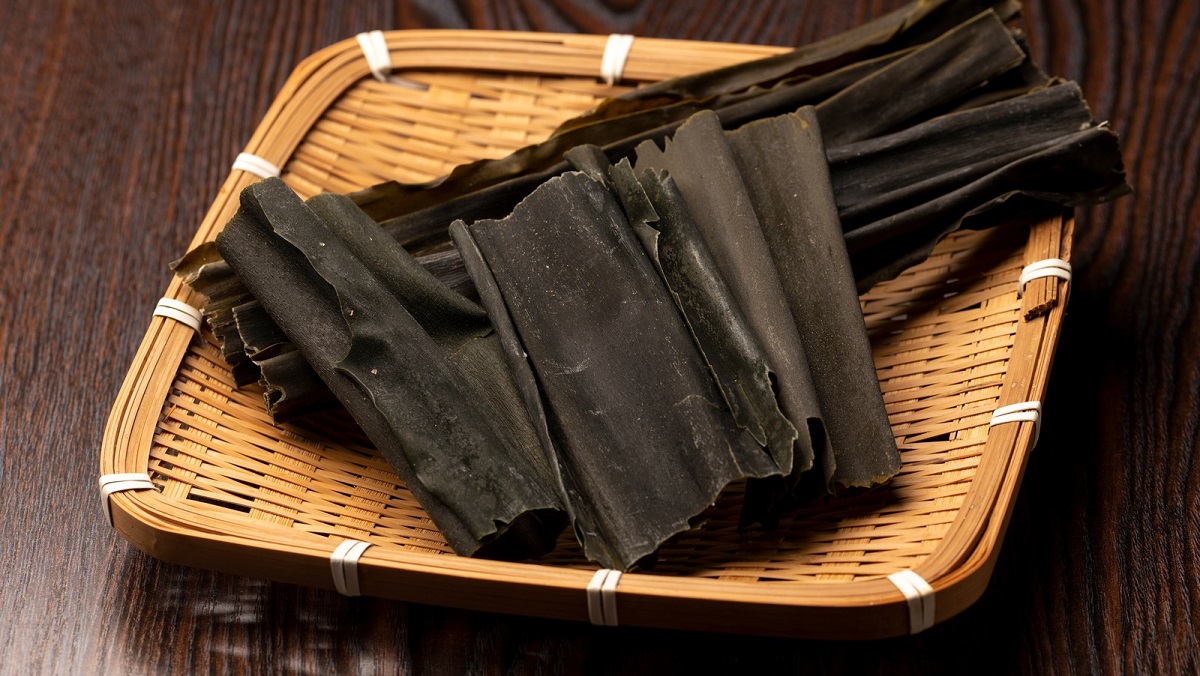

Articles
How To Store Kombu
Modified: December 7, 2023
Learn effective methods for storing kombu in this comprehensive collection of articles. Discover the best techniques to keep your kombu fresh and flavorful for longer periods.
(Many of the links in this article redirect to a specific reviewed product. Your purchase of these products through affiliate links helps to generate commission for Storables.com, at no extra cost. Learn more)
Introduction
Welcome to the world of kombu, a versatile and nutritious ingredient that has gained popularity in recent years. Whether you are a seasoned chef or a cooking enthusiast, you might be wondering how to store kombu properly to ensure its freshness and flavor.
Kombu is a type of edible kelp that is commonly used in Japanese cuisine. It is highly valued for its umami flavor and is often used as a key ingredient in making dashi, a traditional Japanese broth. Kombu is also packed with essential nutrients like iodine, calcium, and vitamins.
Proper storage of kombu is crucial to maintain its quality and extend its shelf life. By following the correct storage methods, you can ensure that your kombu remains flavorful and ready to be used in a variety of dishes.
In this article, we will explore the different factors to consider when storing kombu, as well as step-by-step instructions on how to store it properly. We will also provide you with tips on prolonging its shelf life and avoiding common mistakes.
So, let’s dive in and learn how to store kombu the right way!
Key Takeaways:
- Properly storing kombu is crucial to maintain its freshness, flavor, and nutrients. Use airtight containers, keep it dry, and avoid common mistakes to ensure optimal storage.
- Consider quality, storage conditions, and usage frequency when storing kombu. Follow best practices, avoid common mistakes, and utilize helpful tips to prolong its shelf life.
Read more: How To Store Store-Bought Bread
What is Kombu?
Kombu is a type of edible kelp that is commonly used in Japanese cuisine. It is known for its rich umami flavor and is a key ingredient in making dashi, a traditional Japanese broth. Kombu is harvested from the sea and is a staple in Japanese cooking, used in a variety of dishes such as soups, stews, and salads.
Traditionally, kombu is harvested along the coast of Japan, where the nutrient-rich waters provide ideal conditions for its growth. It is a type of seaweed and is characterized by its long, thick, and dark brown or greenish-brown fronds.
Kombu not only adds a unique taste to dishes but also offers several health benefits. It is a good source of iodine, which is essential for proper thyroid function and overall metabolism. Additionally, kombu contains minerals like calcium, iron, and magnesium, as well as vitamins such as vitamin K and vitamin B12.
One of the reasons kombu is highly valued in Japanese cuisine is its ability to enhance the umami taste, which is often described as a savory and “fifth” taste sensation. Umami is considered one of the five basic tastes, along with sweet, sour, salty, and bitter. Kombu contains natural compounds, such as glutamic acid and asparagines, which contribute to its umami flavor.
Kombu is also used as a natural flavor enhancer and tenderizer. When added to cooking liquid, it helps to soften ingredients and brings out their natural flavors. This is particularly beneficial when making broths or stocks, as kombu infuses the liquid with its umami taste, resulting in a rich and flavorful base for various dishes.
Overall, kombu is a versatile and nutritious ingredient that adds depth of flavor to a variety of dishes. Understanding what kombu is and its unique properties sets the stage for learning how to store it properly to maintain its freshness and quality.
Why Should You Store Kombu Properly?
Properly storing kombu is essential to preserve its freshness, flavor, and nutritional value. Here are some reasons why it is important to store kombu properly:
- Maintains Freshness: Just like any other food ingredient, kombu is susceptible to spoilage if it is not stored correctly. Proper storage methods help to prevent the growth of bacteria and mold, ensuring that the kombu remains fresh and safe to consume.
- Prolongs Shelf Life: By storing kombu properly, you can extend its shelf life and enjoy its flavors and benefits for a longer time. This is especially important if you purchase kombu in bulk or if you don’t use it regularly in your cooking.
- Preserves Flavor and Texture: Kombu contains natural compounds that contribute to its unique umami flavor. Proper storage methods help to retain the original flavors and texture of the kombu, allowing you to enjoy its savory taste in your dishes.
- Retains Nutritional Value: Kombu is packed with essential nutrients like iodine, calcium, and vitamins. By storing it properly, you can help to preserve these nutrients and ensure that they remain intact for maximum health benefits.
- Cost-effective: When you store kombu properly and prevent spoilage, you avoid wasting money on buying it frequently. Proper storage methods can help you save money by ensuring that the kombu stays fresh and usable for an extended period.
Whether you use kombu occasionally or on a regular basis, storing it properly is necessary to make the most of this versatile ingredient. By protecting its freshness and quality, you can unleash its flavors and nutritional benefits in your culinary creations.
Now that you understand the importance of storing kombu properly, let’s delve into the factors to consider before storing it to ensure optimal results.
Factors to Consider Before Storing Kombu
Before storing kombu, there are a few key factors to consider to ensure its longevity and quality. Taking these factors into account will help you make informed decisions about the best storage methods for your kombu. Here are the factors to consider:
- Quality of Kombu: The quality of the kombu you purchase will determine how long it stays fresh. Look for kombu that is plump, has a rich color, and is free from any signs of mold or damage. High-quality kombu will have a stronger flavor and will likely last longer when stored properly.
- Storage Conditions: The environment in which you store kombu plays a crucial role in maintaining its freshness. Factors such as temperature, humidity, and light exposure can affect the quality of the kombu. It is important to store kombu in a cool, dry, and dark place to prevent degradation.
- Packaging: The packaging of the kombu can also impact its shelf life. If you purchase kombu that is already packaged, ensure that it is in airtight packaging to prevent air and moisture from seeping in. If you buy kombu in bulk, consider transferring it to airtight containers or resealable bags for storage.
- Usage Frequency: Consider how often you will be using kombu in your cooking. If you use it frequently, you may opt for a storage method that allows for easier access and minimizes unnecessary exposure to air. If you use it infrequently, you may want to choose a storage method that offers better long-term preservation.
- Desired Shelf Life: Determine how long you intend to store the kombu. Some storage methods are more suitable for short-term storage, while others are better for prolonging the shelf life. Understanding your desired shelf life will help you choose the appropriate storage method.
Considering these factors before storing your kombu will help you determine the most effective storage methods. As we move forward, we will discuss the step-by-step process of storing kombu properly to maintain its freshness and quality.
Step-by-Step Guide on How to Store Kombu
Storing kombu properly is a simple process that can help you maintain its freshness and quality. Follow these step-by-step instructions to store your kombu effectively:
- Inspect the Kombu: Before storing, carefully inspect the kombu to ensure it is in good condition. Look for any signs of mold or damage. Discard any pieces that appear spoiled.
- Divide into Portions: If you have purchased a large piece of kombu, consider dividing it into smaller portions. This will make it easier to store and use only what you need, minimizing unnecessary exposure to air.
- Airtight Packaging: Choose an airtight container or resealable bag for storing kombu. Ensure that the packaging is clean and dry before placing the kombu inside.
- Remove Excess Air: When placing the kombu in the packaging, try to remove as much excess air as possible to minimize oxidation and moisture buildup. This can be done by pressing the packaging gently to remove air pockets.
- Label and Date: It is helpful to label the packaging with the date of storage to easily track the freshness of the kombu. This is particularly useful if you have multiple packages of kombu stored.
- Store in Cool, Dry, and Dark Place: Find a cool, dry, and dark place in your kitchen or pantry to store the packaged kombu. Avoid storing it near sources of heat or direct sunlight, as this can affect its quality.
- Avoid Moisture: Moisture can cause the kombu to become soft and moldy. Keep the storage area dry and away from areas with high humidity, such as near the sink or stove.
- Avoid Strong Odors: Kombu can easily absorb odors from other food items. To maintain its original flavor, store kombu away from strong-smelling ingredients, such as spices or strong cheeses.
- Check for Freshness: Periodically check the stored kombu for any signs of spoilage or deterioration. If you notice any mold, changes in color, or foul odor, discard it immediately.
Following these steps will ensure that your kombu stays fresh and flavorful for an extended period. However, it’s important to note that the shelf life of kombu can vary depending on various factors, so always use your judgment and sensory evaluation to determine its freshness.
Next, let’s explore some recommended storage methods for kombu to help you choose the best option for your needs.
Read more: How To Store Basil From Grocery Store
Recommended Storage Methods for Kombu
When it comes to storing kombu, there are a few recommended methods that can help you maintain its freshness and quality. Consider these storage options based on your specific needs:
- Airtight Containers: Storing kombu in airtight containers is a popular method. Place the kombu in a clean and dry airtight container, removing any excess air before sealing. This method helps to protect the kombu from moisture, air, and odors, ensuring its freshness for a longer period.
- Resealable Bags: If you prefer a more flexible storage option, resealable bags can be a convenient choice. Place the kombu in a resealable bag, press out any excess air, and seal it tightly. This method provides good protection from air and moisture and allows for easy access when you need to use the kombu.
- Vacuum-Sealed Packaging: Vacuum-sealing kombu is an effective method for long-term storage. Using a vacuum sealer, remove all air from the packaging, creating a tight seal around the kombu. This method provides the best protection against oxidation and moisture, preserving the kombu’s freshness and flavor for an extended period.
- Freezer Storage: If you want to prolong the shelf life of your kombu, freezing is an option. Wrap the kombu tightly in plastic wrap or place it in an airtight container or freezer bag before freezing. Freezing will not alter the taste or texture of the kombu significantly, making it a suitable method for long-term storage.
Remember to consider your usage frequency and desired shelf life when choosing a storage method. If you use kombu frequently, airtight containers or resealable bags may be more convenient. If you plan to store kombu for an extended period, vacuum-sealed packaging or freezer storage can be ideal.
Regardless of the storage method you choose, always ensure that the kombu is stored in a cool, dry, and dark place to maintain its optimal quality. This will help you enjoy the full flavor and nutritional benefits of the kombu in your culinary creations.
Now that you have learned about the recommended storage methods for kombu, let’s explore some helpful tips to prolong its shelf life.
Store kombu in an airtight container in a cool, dry place away from direct sunlight. This will help preserve its flavor and nutrients for longer.
Tips for Prolonging the Shelf Life of Kombu
Prolonging the shelf life of kombu is key to preserving its freshness and quality. Here are some helpful tips to help you extend the shelf life of your kombu:
- Proper Packaging: Store kombu in airtight containers, resealable bags, or vacuum-sealed packaging to prevent air and moisture from reaching it. This will significantly reduce the risk of spoilage and degradation.
- Cool and Dry Storage: Keep the kombu in a cool and dry place away from heat sources and direct sunlight. Excessive heat and humidity can accelerate the deterioration process. A dark and well-ventilated pantry or cupboard is ideal for storing kombu.
- Avoid Exposure to Odors: Kombu can absorb odors from other strong-smelling ingredients. Keep it away from spices, pungent cheeses, or any other items with strong odors that may compromise its taste and aroma.
- Use Silica Gel Packs: Place a few silica gel packs in the storage container or bag with the kombu. Silica gel packs help absorb any excess moisture and prevent the growth of mold or bacteria.
- Rotate Stock: If you regularly use kombu, make sure to rotate your stock. Use the older pieces of kombu first to ensure that none of it goes to waste and to maintain the freshness of the newer ones.
- Avoid Frequent Opening: Each time you open the packaging, air and moisture can enter, leading to faster deterioration. To minimize this, try to remove only the amount of kombu you need and seal the container or bag tightly as quickly as possible.
- Frozen Storage: If you plan to store kombu for an extended period, consider freezing it. Freezing can prolong its shelf life for several months. Remember to wrap it tightly and label the packaging with the date of freezing.
- Check for Freshness Regularly: Periodically inspect the stored kombu for any signs of mold, changes in color, or off odors. If you notice any of these, discard the affected pieces immediately to prevent spoilage from spreading to the rest of the batch.
- Use Dry Kombu First: If you have both dry and rehydrated kombu, it is advisable to use the dry kombu first. Rehydrated kombu has a shorter shelf life and may spoil faster. Save the rehydrated kombu for immediate use or consume it within a few days.
By following these tips, you can effectively prolong the shelf life of your kombu and enjoy its flavors and nutritional benefits for an extended period.
Now that you are equipped with tips to maximize the shelf life of your kombu, let’s explore some best practices to ensure the proper storage of kombu.
Best Practices for Storing Kombu
To ensure the proper storage of kombu and maintain its freshness, it’s important to follow these best practices:
- Buy Quality Kombu: Purchase kombu from reputable sources to ensure its quality. Look for kombu that is plump, has a vibrant color, and is free from any signs of mold or damage.
- Store Immediately: As soon as you bring kombu home, store it properly to maintain its freshness. Leaving it exposed to air and moisture for extended periods can lead to spoilage.
- Keep it Dry: Moisture is one of the main factors that can cause kombu to deteriorate. Make sure the kombu is thoroughly dry before storing to prevent the growth of mold or bacteria.
- Label and Date: Always label the packaging with the date of storage. This will help you keep track of its freshness and ensure that you use the oldest pieces first to prevent any wastage.
- Use a Clean Storage Space: Before storing kombu, clean the storage container or area to eliminate any potential contaminants. This helps maintain the hygiene of the kombu and prevents any cross-contamination.
- Practice First-in, First-out: If you have multiple packages of kombu, follow the first-in, first-out principle. Use the oldest package first before moving on to the newer ones. This ensures that no kombu is left unused for an extended period.
- Seal Tightly: Whether you’re using airtight containers, resealable bags, or vacuum-sealed packaging, make sure they are properly sealed to prevent air and moisture from reaching the kombu.
- Monitor Storage Conditions: Regularly check the storage area for any changes in temperature, humidity, or exposure to light. Make necessary adjustments to maintain the ideal storage conditions for the kombu.
- Inspect Regularly: Periodically inspect the stored kombu for any signs of spoilage, such as mold, changes in color, or off odors. Remove any spoiled pieces immediately to prevent spoilage from spreading to the rest of the batch.
- Handle with Clean Hands: When handling kombu, ensure that your hands are clean and dry to maintain its cleanliness and prevent the transfer of any contaminants.
By following these best practices, you can optimize the storage of kombu and ensure that it retains its freshness, flavor, and nutritional value.
Now that you are aware of the best practices for storing kombu, let’s address some common mistakes to avoid during the storage process.
Common Mistakes to Avoid When Storing Kombu
Properly storing kombu is essential to maintain its quality and flavors. Avoiding common mistakes will help you prevent spoilage and ensure the longevity of your kombu. Here are some common mistakes to avoid:
- Exposure to Air: One of the biggest mistakes is allowing kombu to be exposed to air for extended periods. Air exposure can lead to oxidation and moisture absorption, which can cause the kombu to deteriorate quickly. Always store kombu in airtight containers or packaging to minimize contact with air.
- Moisture and Humidity: Kombu is highly sensitive to moisture and humidity. Storing kombu in a humid environment can accelerate spoilage and the growth of mold. Keep the storage area dry, away from moisture sources, and store kombu in a dry condition to prevent degradation.
- Storage Near Heat Sources: Placing kombu near heat sources, such as stoves or ovens, can expose it to elevated temperatures, which can negatively impact its quality. Avoid storing kombu in areas with fluctuating temperatures or direct heat exposure.
- Non-Airtight Packaging: Using non-airtight packaging can allow air, moisture, and odors to penetrate the kombu, compromising its freshness and flavors. Always opt for airtight containers, resealable bags, or vacuum-sealed packaging to maintain the best quality.
- Storing Rehydrated Kombu for Too Long: Rehydrated kombu has a shorter shelf life compared to its dry counterpart. It is advisable to use rehydrated kombu within a few days rather than storing it for extended periods.
- Not Rotating Stock: Failing to rotate your kombu stock can lead to the neglect of older pieces, resulting in potential waste. Always use the older kombu first to ensure that none of it goes to waste and to maintain the freshness of the newer pieces.
- Improper Labeling: Forgetting to label the storage container or packaging with the date of storage can lead to confusion about the freshness of the kombu. Proper labeling helps you easily track the age of your kombu and use it in a timely manner.
- Not Checking for Freshness: Neglecting to regularly inspect the stored kombu for signs of spoilage can result in using expired or deteriorated kombu. Check for any mold, changes in color, or off odors when evaluating the freshness of your kombu.
- Not Using Clean Hands: Handling kombu with dirty or wet hands can introduce contaminants and moisture, which can impact its quality. Make sure to handle kombu with clean and dry hands to maintain its cleanliness and freshness.
- Overstocking: While it’s essential to have enough kombu on hand, overstocking can lead to a longer storage period and an increased risk of spoilage. Purchase kombu according to your needs to ensure its freshness and minimize waste.
By avoiding these common mistakes, you can maximize the shelf life of your kombu and enjoy its flavorful benefits in your culinary endeavors.
Now that you are aware of the common mistakes to avoid, let’s address some frequently asked questions about storing kombu.
Read more: How To Store Tinctures
FAQs about Storing Kombu
Here are some frequently asked questions about storing kombu:
- 1. How long can you store kombu?
- 2. Can you store kombu in the refrigerator?
- 3. Can you freeze kombu?
- 4. Can kombu absorb odors from other ingredients?
- 5. Should I store kombu before or after soaking/rehydrating?
- 6. Can I store kombu powder?
Kombu can be stored for several months if stored properly. The exact shelf life will depend on factors such as the quality of the kombu, storage conditions, and the chosen storage method. It is always recommended to check the kombu for signs of spoilage before using.
While kombu can be stored in the refrigerator, it is not necessary unless you live in a hot and humid environment. Kombu can be stored in a cool, dry, and dark place, such as a pantry or cupboard, away from heat sources and direct sunlight.
Yes, kombu can be frozen to extend its shelf life. Wrap it tightly in plastic wrap, place it in an airtight container or freezer bag, and store it in the freezer. Freezing kombu is a suitable option if you want to store it for a longer period.
Yes, kombu can absorb odors from other strong-smelling ingredients. To prevent this, store kombu away from spices, pungent cheeses, or any other items with strong odors that may compromise its taste and aroma.
It is advisable to store kombu in its dry form before soaking or rehydrating. Rehydrated kombu has a shorter shelf life compared to its dry counterpart. If you have rehydrated kombu, use it within a few days rather than storing it for extended periods.
If you have kombu powder, it can be stored in similar ways to whole kombu. Place it in an airtight container or resealable bag, ensuring it is tightly sealed, and store it in a cool, dry location away from heat and moisture.
Remember, the quality and freshness of your stored kombu will depend on various factors, so always use your judgment and sensory evaluation when deciding if it is safe to consume.
Now that you have answers to some common questions about storing kombu, let’s wrap things up.
Conclusion
Properly storing kombu is essential to maintain its freshness, flavor, and nutritional value. By following the recommended storage methods, such as using airtight containers, resealable bags, or vacuum-sealed packaging, you can protect kombu from air, moisture, and odors, ensuring its longevity.
Consider important factors like the quality of the kombu, storage conditions, and your usage frequency before storing it. Keep the kombu in a cool, dry, and dark place away from heat and direct sunlight, and avoid exposure to moisture or strong odors.
By following the best practices, like proper packaging and labeling, regularly checking for freshness, and using clean hands, you can ensure the optimal storage of kombu and prevent common mistakes that may lead to spoilage.
Remember the tips for prolonging the shelf life of kombu, such as rotating stock, avoiding frequent opening of containers, and using dry kombu before rehydrated versions. Freezing kombu can also extend its shelf life for several months, if needed.
Understanding the FAQs about storing kombu, like its shelf life, refrigeration, freezing, odor absorption, and storage of kombu powder, will help you make informed decisions when it comes to storing this versatile ingredient.
In conclusion, by implementing proper storage techniques, you can ensure that your kombu remains fresh, flavorful, and nutritious for extended periods of time. Whether you use kombu occasionally or in various dishes, proper storage will allow you to enjoy its umami flavors and reap its health benefits whenever you need it in your culinary creations.
So, embark on your kombu storage journey, and savor the deliciousness and versatility it brings to your cooking!
Frequently Asked Questions about How To Store Kombu
Was this page helpful?
At Storables.com, we guarantee accurate and reliable information. Our content, validated by Expert Board Contributors, is crafted following stringent Editorial Policies. We're committed to providing you with well-researched, expert-backed insights for all your informational needs.
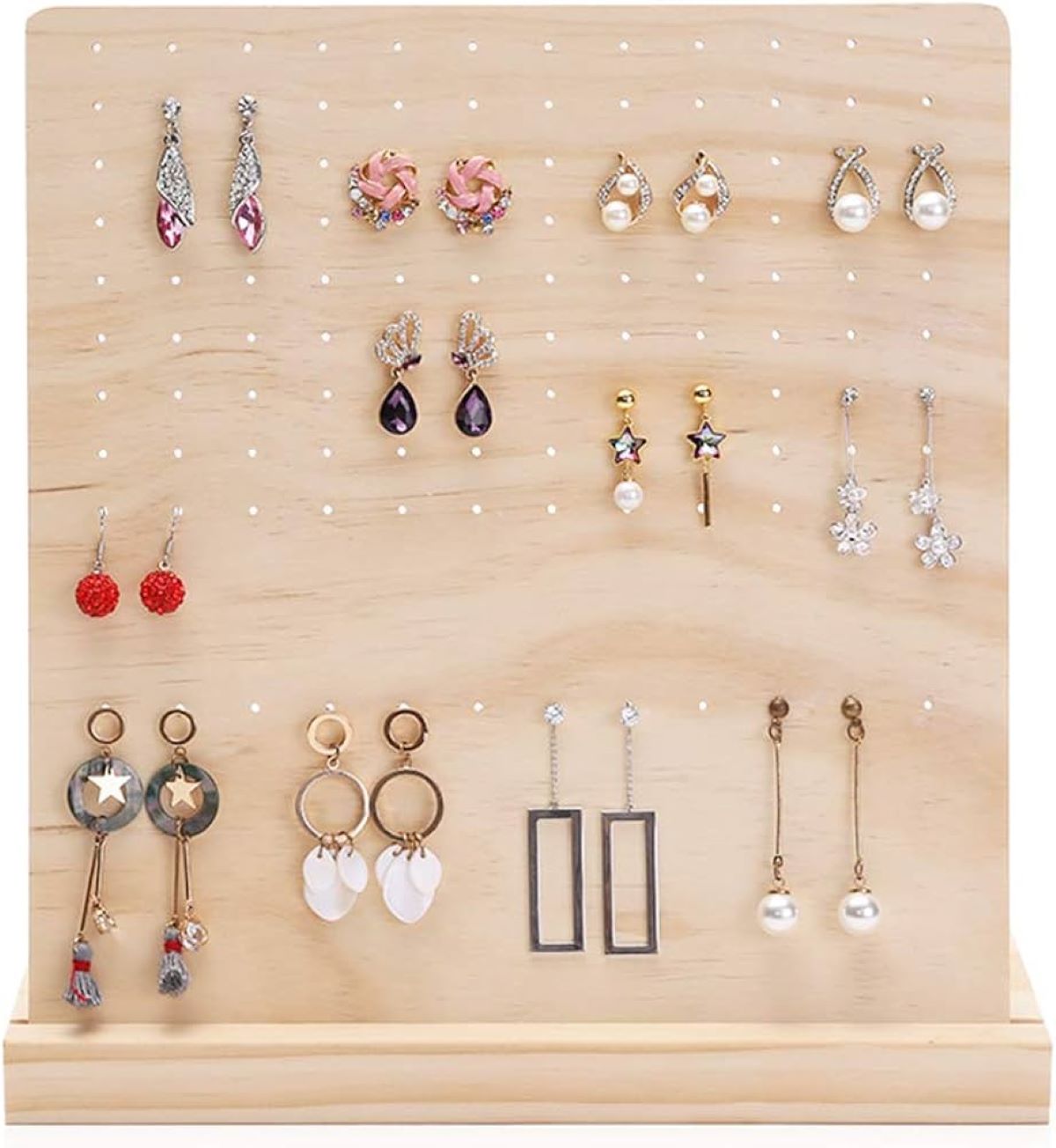
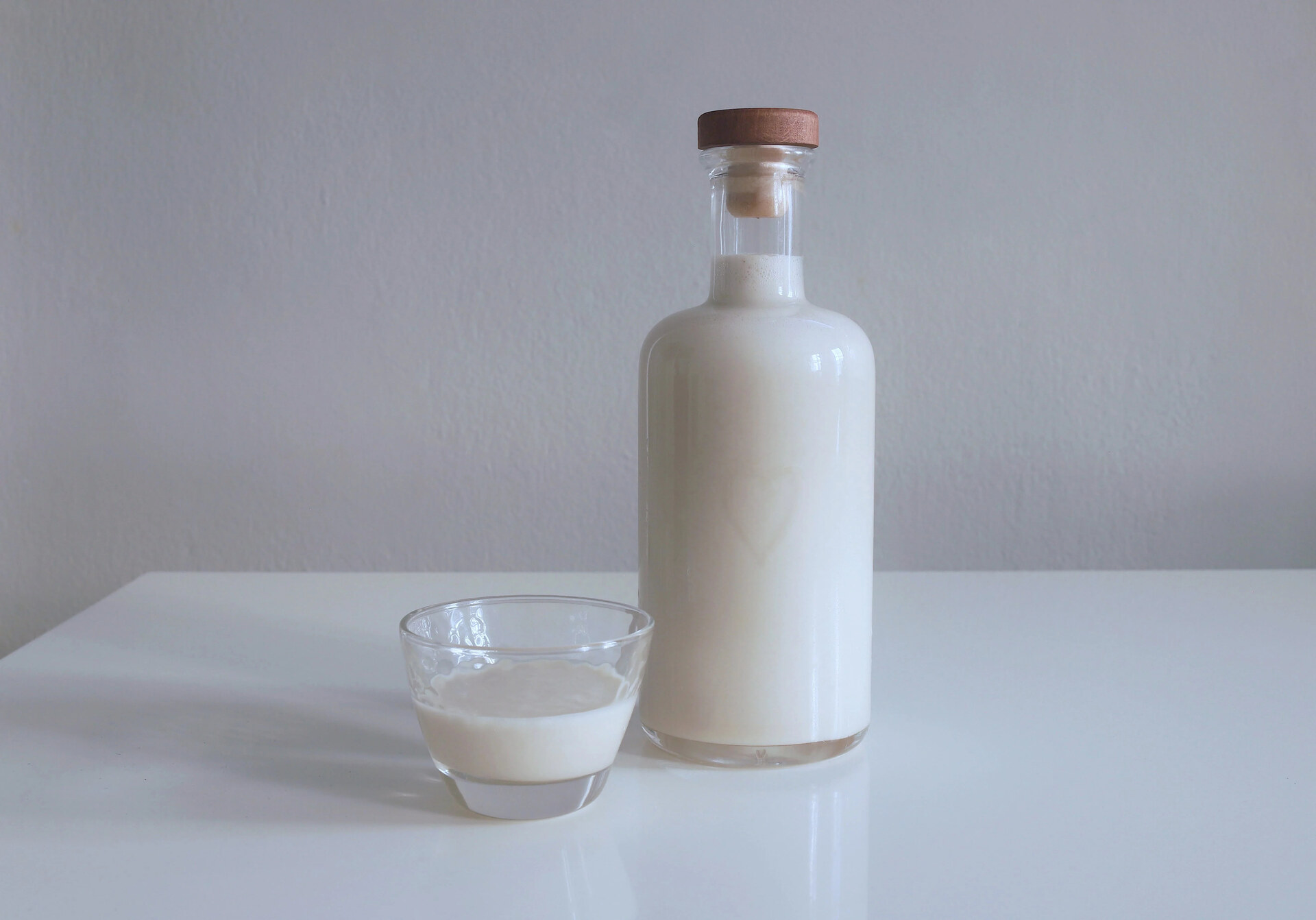




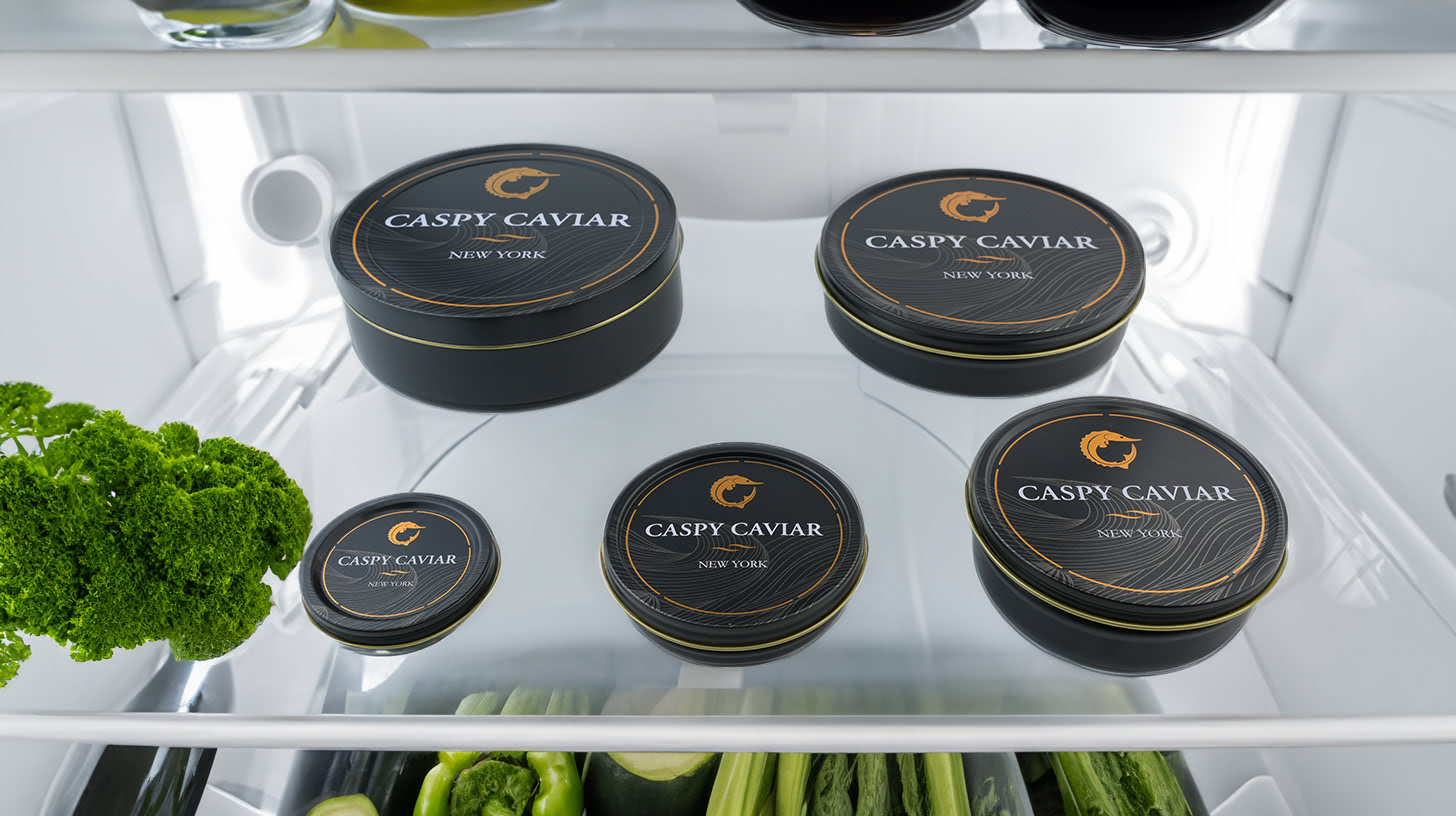
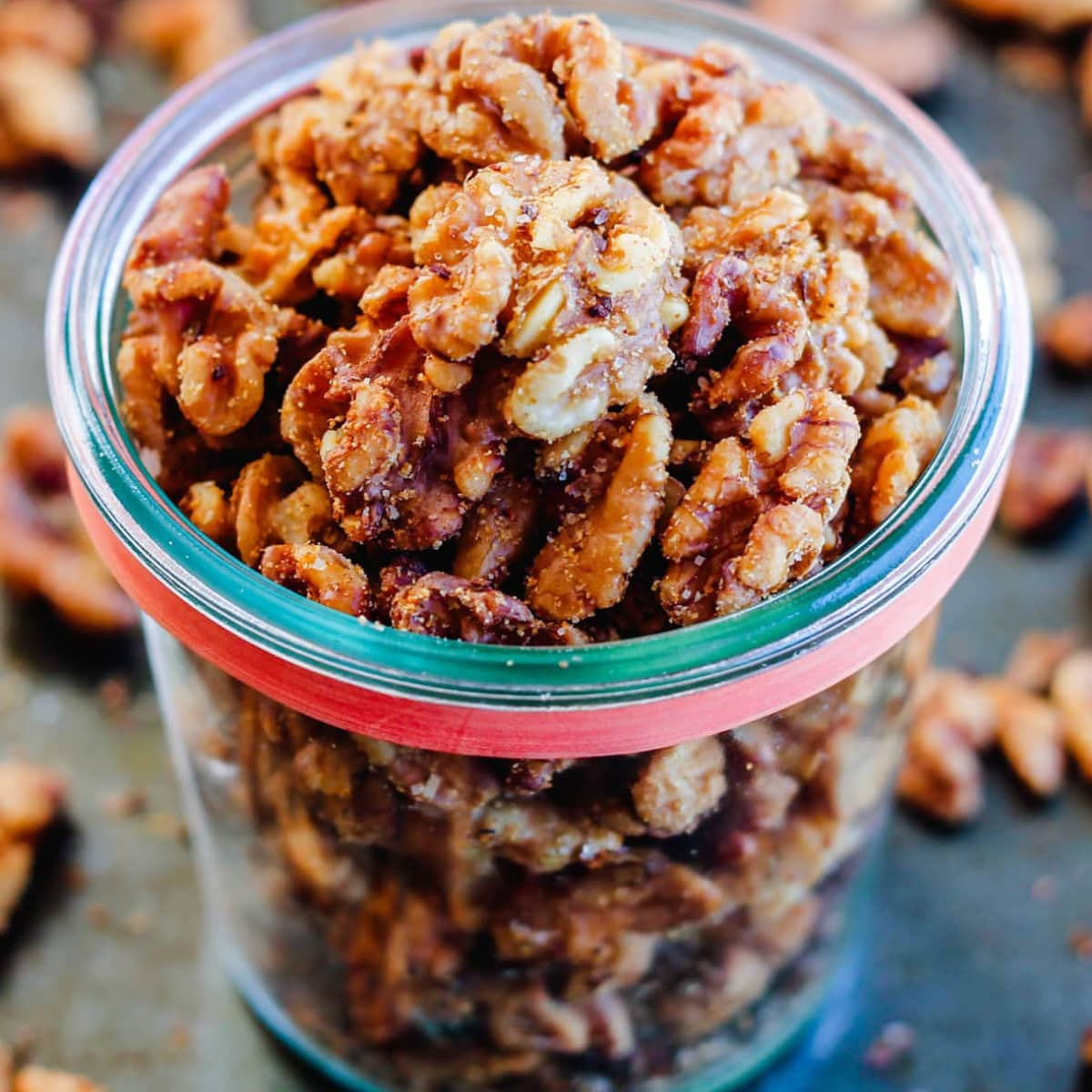






0 thoughts on “How To Store Kombu”